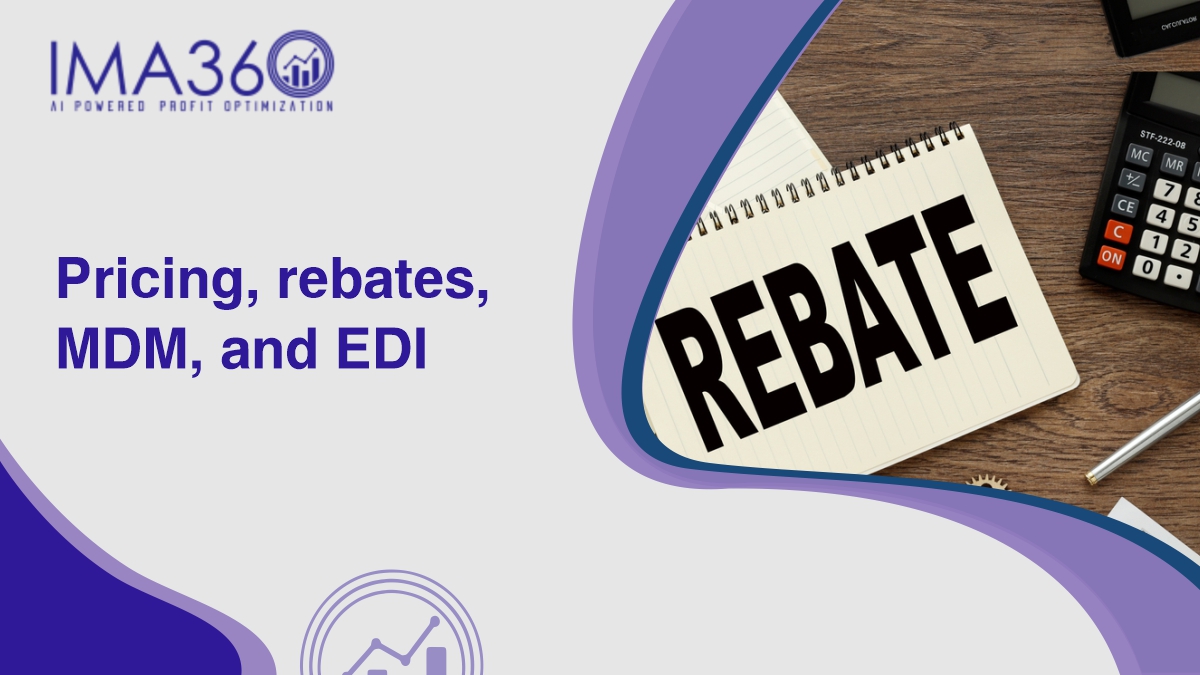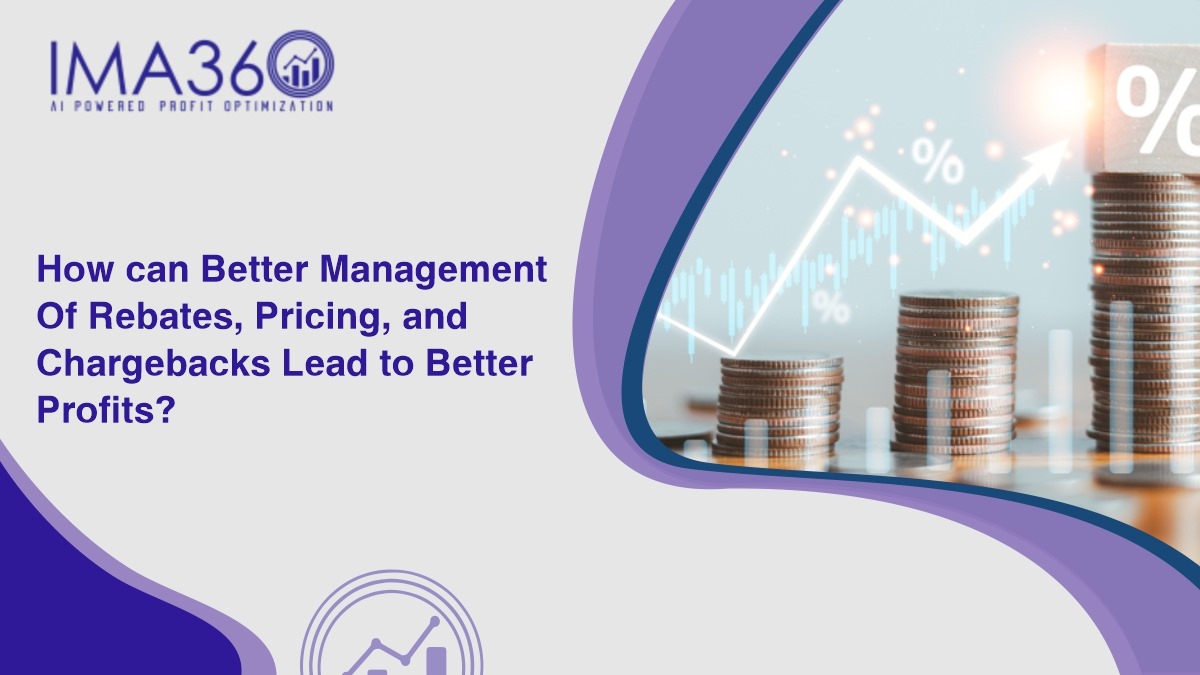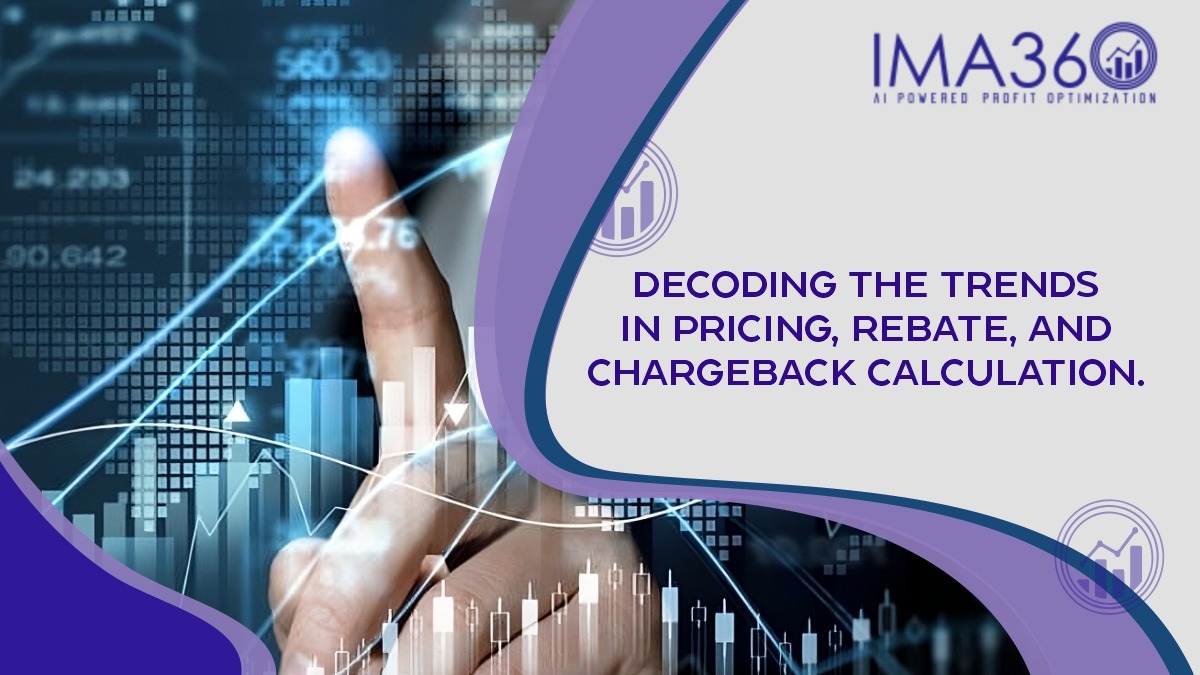The advent of modern technologies and the evolving consumer behavior are dramatically reshaping the landscape of pricing strategies. As we navigate towards 2023, businesses are encountering the need to rethink and redefine their existing pricing models.
Traditional Pricing Strategies
Traditional pricing strategies have shaped the business landscape for decades. They’re grounded in fundamental economic concepts, and while they’ve evolved over time, their basic principles continue to inform the pricing models of today.
Understanding the Basics of Pricing Strategies
Pricing strategies often focus on one key principle: capturing the maximum amount of value that customers are willing to pay for a product or service. Different prices are set for different products, each aimed at capturing a specific segment of the market. Common pricing strategies have included cost-plus pricing, competition-based pricing, and value-based pricing. These models have been the cornerstone of business and market strategy, shaping product development and consumer experiences.
Cost-Plus Pricing
One of the most common pricing strategies in the past has been cost-plus pricing. This involves calculating the cost of producing a product, then adding a margin on top to determine the final price. It’s a straightforward approach that businesses have used for years. However, this model can often underestimate the value customers might be willing to pay, potentially leaving revenue on the table.
Competition-Based Pricing
Competition-based pricing, another traditional strategy, involves setting prices based on what competitors charge for similar products or services. This strategy requires a detailed market analysis and an understanding of where your product stands in its product category. It also requires businesses to respond quickly to changes in the market to maintain or capture market share.
Value-Based Pricing
In value-based pricing, the price is based on the perceived value of the product or service to the customer, rather than on the cost of production or what the competition is charging. This strategy requires a deep understanding of customers’ buying behavior and their perception of your product’s value. The challenge here lies in accurately estimating this value and finding the right price that customers are willing to pay.
The Evolution and Limitations of Traditional Pricing Strategies
While these traditional pricing strategies have served businesses well in the past, they have limitations in the modern market. They often lack flexibility and don’t consider the varying levels of customer demand. Additionally, they might not account for the intangible aspects of a product or service that could command a higher price.
Upended by Market Disruption
In recent years, these traditional models have been upended by market disruptions. The advent of digital technology, e-commerce, and the availability of real-time analytics have required businesses to reevaluate their pricing software. Customer-facing firms are now compelled to consider dynamic pricing models, which take into account factors such as real-time demand and customer behavior data.
The Role of Consultancy and Analytics in Traditional Pricing
Analytics have played a critical role in the evolution of pricing strategies. Salesperson input, survey respondents, and historical data have been used to adjust pricing models and better capture customer value. Consultancy firms have also assisted businesses in finding the right pricing strategy that balances profitability and customer acceptance.
Looking Ahead: The Future of Pricing Strategies
As we look ahead, traditional pricing software will continue to evolve, incorporating more data and technology to better serve businesses and their customers. While the principles of cost, competition, and value will always remain at the core of pricing, how we define and measure these elements is set to change significantly in the future.
Transition to Modern Pricing Strategies
As we move into the future, the focus has shifted towards new pricing models that can effectively cater to the digital era. Dynamic pricing and bundling are just a couple of the strategies businesses are starting to implement. The goal is to establish a price that reflects the customers’ willingness to pay, creating value at every level of the transaction.
Dynamic Pricing in the Digital Era
Dynamic pricing, a strategy that involves changing prices based on real-time supply and demand, has started to gain traction across different industries. One notable example is the airline industry. Airlines adjust their fare based on various factors influencing demand, such as time of booking, seat availability, and even the price level of competing airlines. This strategy helps companies capture value at a granular level, optimizing turnover and customer lifetime value.
Value-Based Pricing
Another strategy gaining momentum is value-based pricing. This model involves selling goods and services based on the perceived value to the customer rather than the cost of the product or service. This strategy involves understanding your customer base on a deeper level and positioning your offerings in a way that reflects the value they provide.
Subscription Models: Pricing Based on Usage Levels
Subscription models, another form of dynamic pricing, charge users based on their usage levels. For instance, Spotify offers various subscription tiers that cater to different usage levels, from the casual listener to the avid music enthusiast. This pricing model has proved successful in attracting and retaining a wide range of demographic groups.
The Role of Technology in Pricing
With the advancement of big data and artificial intelligence, businesses are now equipped with state-of-the-art tools that provide insights into pricing. These tools can analyze external data, historical trends, and customer behavior to make real-time pricing decisions. This new business strategy is set to redefine the way companies price products and improve their pricing.
Pricing for Products and Services in the Future
Looking forward, the pricing of products and services will likely continue to evolve. Companies must understand the market’s nuances, from the high or low of competition to the various factors influencing the willingness to pay of different customer groups. With this knowledge, they can develop effective pricing strategies that cater to their target market’s needs.
Preparing for the Future: Effective Pricing Strategies
To prepare for the future, companies need to start focusing on effective pricing strategies now. This involves not just considering the cost of what you’re selling, but also understanding your customers’ needs, preferences, and willingness to pay. Utilizing data and leveraging technology can provide an overview and detailed insights into these factors, thus enabling businesses to set the right price for their products and services.
The Future of Revenue Models: Beyond 2023
As we delve into the future of pricing, we also need to consider the impact of these strategies on future revenue models. Will flat-rate models become obsolete? Will all industries adopt dynamic pricing? Only time will tell. However, the potential benefits are clear: improved profitability, increased market share, and enhanced customer satisfaction.
Conclusion
In conclusion, the future of pricing is expected to be dynamic, customer-centric, and data-driven. Businesses must stay ahead of the curve by adopting new pricing strategies and investing in technologies that can improve their pricing. With these strategies, they can ensure they remain competitive and profitable as we move into 2023 and beyond.

Anuj Gupta has 25+ years of experience in software development, helping 20+ Fortune 500 companies optimize pricing, promotions, and rebates. He founded IMA360 to address the lack of industry-configured solutions, enabling faster market entry and higher profitability. Through tailored SaaS tools, he drives margin optimization and operational efficiency across sectors







